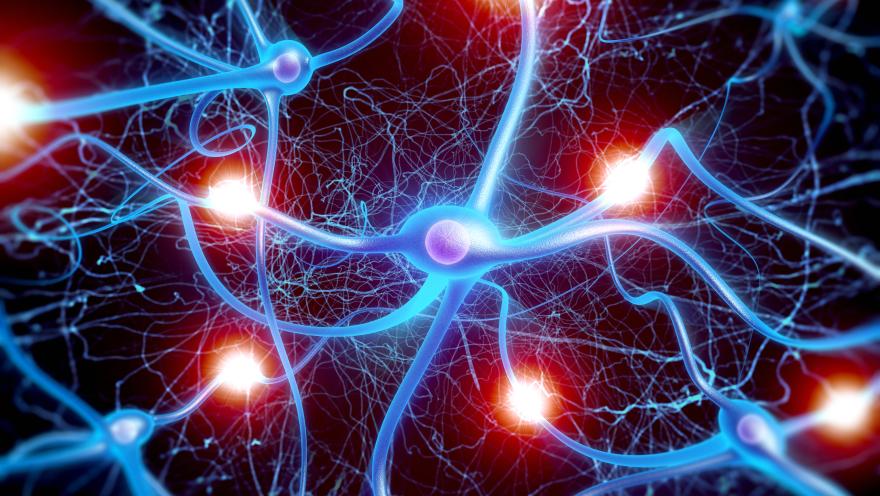Research funded with donations from the ALS Ice Bucket Challenge recently uncovered evidence that promoting an increase in a specific immune cell in the brain and spinal cord of a mouse with ALS was associated with increased motor function, pointing to a potential treatment in the future.
During ALS disease, motor neurons degenerate and eventually die, resulting in a loss of the connection to muscles, which in turn weaken and eventually paralyze. Several studies have shown that microglia, which are a type of immune cell in the brain and spinal cord, increase the severity of neurodegeneration in ALS. Others have shown that microglia can contribute to maintaining the health of neurons.
Drs. Virginia Lee, Krista Spiller, and colleagues from the Perelman School of Medicine at the University of Pennsylvania in Philadelphia set out to understand how microglia function in the brain and spinal cord to either protect against or contribute to neurodegeneration.
The ALS Association currently funds Dr. Spiller under our Investigator-Initiated Starter Grant program using donations from the ALS Ice Bucket Challenge. Their paper was published in the February 20 issue of Nature Neuroscience journal.
They found that microglia can play a protective role in the brain and spinal cord in a TDP-43 mouse model. This suggests that encouraging healthy microglia to proliferate in cells could translate into a potential ALS therapy in the future.
The Study
Most studies exploring the role of microglia in ALS were carried out using the classic SOD1 mouse model. Instead, the research team used a TDP-43 mouse model, developed previously in their lab, in which TDP-43 expression can be turned on or off at will.
More than 90 percent of people with ALS have the accumulation of TDP-43 aggregates, or protein clumps, in motor neurons of the brain and spinal cord, which has been implicated in motor neuron toxicity. Studying a TDP-43 mouse model allows this study to have a greater reach to the ALS community compared to the previous SOD1 mouse microglia studies.
Brief Results Summary
The researchers found that turning on TDP-43 had a subtle impact on microglia numbers and aggregates formed in cells. Then, they subsequently turned off TDP-43. In response, microglia changed their shape and their numbers increased. This resulted in a clearing of aggregates by the microglia and an improvement of mouse motor function.
The Impact
With the above results in hand, Drs. Spiller and Lee propose that increasing normally functioning microglia during the onset and progression of ALS could help clear toxic TDP-43 aggregates.
Currently, there are no clinical treatments to effectively target TDP-43 in people living with ALS. It is possible that a combination of targeting TDP-43 with increasing healthy microglia to do their normal job in cells could translate into a valuable therapeutic treatment someday.
This approach could even provide a therapeutic strategy for people in the late stages of ALS. Further studies are required to fully understand the impact of normal functioning microglia on neurodegeneration, which are currently underway.
“Whilst many approaches are focused on blocking microglial activation, this study emphasizes the dual role of microglia, and demonstrates the protective role of these cells in the disease process,” commented Dr. Lucie Bruijn. “Furthermore, the study highlights the value of the TDP43 mouse model the team has developed.”
For more information about Dr. Spiller’s funded project, click here.
For more details about the paper, read the ALS Association-funded ALS Research Forum article here.
To learn more about our progress and monetary commitments since the 2014 ALS Ice Bucket Challenge, please visit the Ice Bucket Challenge Progress site.
Paper citation
Microglia-mediated recovery from ALS-relevant motor neuron degeneration in a mouse model of TDP-43 proteinopathy.
Spiller KJ, Restrepo CR, Khan T, Dominique MA, Fang TC, Canter RG, Roberts CJ, Miller KR, Ransohoff RM, Trojanowski JQ, Lee VM.
Nat Neurosci. 2018 Feb 20. doi: 10.1038/s41593-018-0083-7. [Epub ahead of print]


Join the conversation. Please comment below.